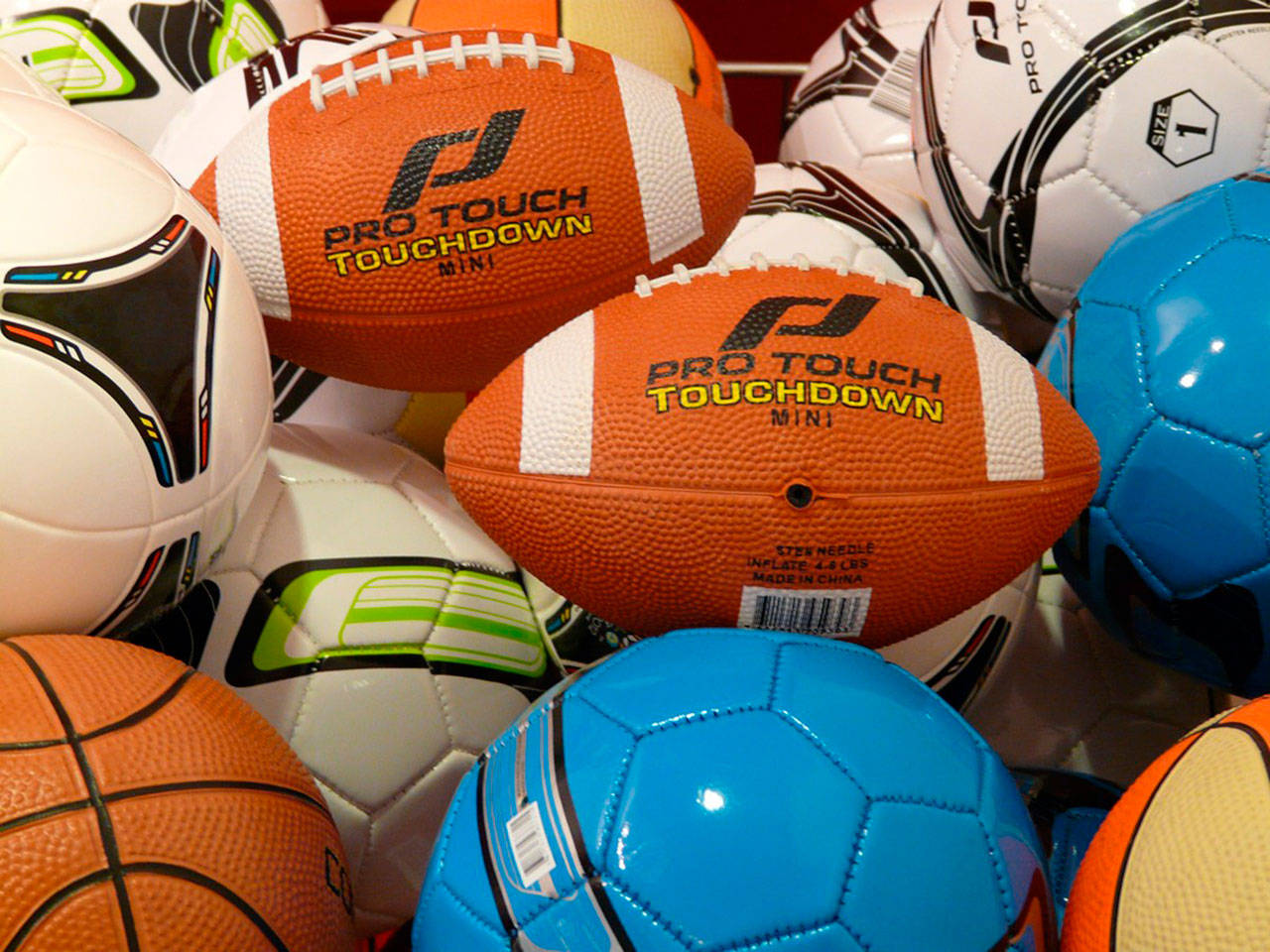High school athletes – along with their coaches, parents and other fans – have seen their school year rocked once again. The culprit, or course, is the ongoing COVID-19 pandemic that only grows in intensity.
Prep athletics throughout the Evergreen State were put on hold when it was apparent that students would begin the year with a remote-learning model. New schedules were devised, sports were shuffled depending upon risk-of-transmission factors and – for a time, anyway – it looked as though sports might kick off in late December.
The recent coronavirus surge brought a change of course within the offices of the Washington Interscholastic Activities Association. Meeting Nov. 17, the association’s executive board voted to amend the calendar again, pushing the beginning of high school athletics to Feb. 1. At the same time, each of the three sports seasons was shortened to seven weeks.
Here’s how things stand today, as they apply to Enumclaw and White River high schools, according to information released Nov. 18 by the WIAA:
• Season 2, which consists of traditional winter sports, is scheduled to begin with practices on Feb. 1 (Jan. 25 for gymnastics) and end with a regional culminating event on March 20. The season will include boys and girls basketball, bowling, boys swim and dive and both boys and girls wrestling, along with the gymnastics.
• Season 3, which consists of traditional fall sports, is now scheduled to begin on March 15 (March 8 for football) and end on May 1. The season will include cross country, girls soccer, girls swim and dive, volleyball and cheerleading, along with football.
• Season 4, which consists of traditional spring sports, will begin with practices on April 26 and conclude on June 12. Participating in the spring will be baseball, fastpitch softball, golf, boys soccer, tennis, track and field and dance/drill.
In addressing the risk factor the various sports and activities present, the WIAA deemed that five fall into the “high risk” category. Those are basketball, wrestling, cheerleading, football and dance/drill. Officially designated as “moderate risk” are bowling, gymnastics, soccer, softball, volleyball and baseball. Carrying the “low risk” tag are swim and dive, cross country, golf, tennis and track and field.
While the WIAA executive board approved the framework for the three WIAA seasons, flexibility remains at the local level due to guidelines adopted during a Nov. 2 board meeting. For example, if fewer than 50 percent of schools in a classification are able to compete in a sport, in accordance with Department of Health guidelines, the board will make an adjustment to the scheduled season in order to allow the chance for greater participation.
Founded in 1905, the WIAA has more than 800 member schools (middle schools and high schools) throughout Washington. The association, from its Renton headquarters, supports and sponsors 23 sports along with five activities that involve more than 500,000 student participants.
WHITE RIVER BEGINS TURNOUTS
At White River High School, athletes and coaches started in-person turnouts Nov. 12.
District Athletic Director Chris Gibson has set the school standards for a small-group approach. Included are the requirement that each coach and athlete review a set of health questions before each turnout and all have temperatures taken.
On the rural Buckley campus, Hornet programs are taking a “pod” approach that allows one coach and six athletes per group. The number of groups are limited according to available space; for example, a football field allows up to five pods on each half of the field. In all cases, Gibson said, pods must remain 30 feet apart.
Also, gatherings between coaches and athletes must be outdoors.
White River turnouts will be limited to 90 minutes and groups can only meet twice a week.


